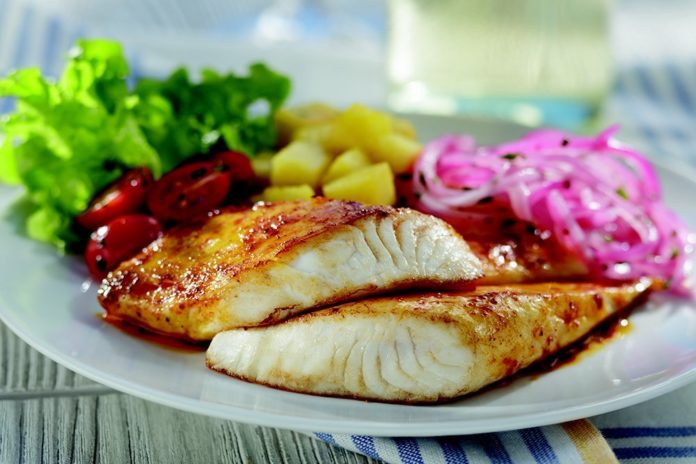- Protein is an essential nutrient for the human body—it serves as a fuel source and is a building block for human tissue
- How much protein you should eat depends on a variety of factors including weight, age and your level of physical activity
- Eating too much or too little protein can result in health issues
- Fish, poultry and beans are all excellent low-fat sources of protein
Protein is an essential part of every diet. It helps synthesize enzymes and hormones, regulates essential bodily functions and serves as a building block for muscles, bones, cartilage, skin, hair and blood. While it is necessary to include protein in your diet, many people believe that the more protein you consume, the better off you are. But If you don’t monitor consumption and adjust amounts for your body, it’s possible that you’re eating too much protein—or too little. And there are consequences for both.
How Much Protein Do You Need?

The Recommended Dietary Allowance (RDA) for adults is 0.36 grams of protein for every pound of body weight if you are sedentary. For example, if you weigh 170 pounds, you need about 61 grams of protein each day. However, anywhere from 0.36 grams to 0.6 grams per pound can be healthy, depending on your age, health, activity level and other factors.
Trying to lose weight?
If you are watching your weight, you may benefit from including protein with each meal. Protein provides a feeling of fullness, helping you to eat less when protein consumption is increased. This can help you to resist snacking and can reduce total calories consumed, helping you achieve weight loss goals. Overall, a slight increase in protein consumption (from 15% of your calorie intake up to 20–30%) can improve metabolism and weight loss.
Work out frequently?
Muscles are primarily built from protein. So, if you are very active—getting at least 35–40 minutes of moderate exercise four or five days a week—you could benefit from additional protein to help rebuild your muscles after high-intensity workouts. However, eating extra protein doesn’t necessarily help you build strength or muscle mass. To help promote muscle repair and growth, Men’s Health magazine recommends 20 grams of whey protein following a workout.
Pregnant or Breastfeeding?
Pregnant and breastfeeding women have extra protein and caloric requirements. They should consume two to three servings of protein a day—about 71 grams. The Food and Drug Administration (FDA) suggests pregnant and nursing mothers avoid fish that is high in mercury such as shark, swordfish, etc. Tilapia is a highly-recommended alternative as it is extremely low in mercury.
Over the age of 65?
As you age, it’s natural to experience muscle loss and corresponding loss of strength. To mitigate this effect, it’s recommended that you consume more protein—about 0.45 to 0.60 grams per pound of bodyweight. This can help prevent conditions such as sarcopenia, which is a reduction in muscle mass.
The Best Sources of Protein

The best sources of high-quality protein are those that are low in calories and fat but have high protein counts. For example, a 3-ounce Tilapia fillet has 23 grams of protein and only 112 calories and 3 grams of fat. Here are some other great, high-quality protein sources to add to your diet as well:
- Lean white fish (including Tilapia, as mentioned, and also cod and halibut)
- Peas, lentils, chickpeas and beans
- White meat such as chicken or turkey
- Eggs
- Tempeh and tofu are excellent vegetarian proteins
Signs of Eating Too Much and Too Little Protein

A diet that is deficient in protein can make you feel weak and lethargic, and you may experience issues with your hair, skin and nails such as dryness or flaking. A weakened immune system leading to illness and inability to stay warm are other signs your protein stores may be low.
Eating too much protein can also cause issues. Watch for nausea, diarrhea or constipation, dehydration and brain fog.
Ultimately, a balanced diet is always the best route to good health. In addition to monitoring protein intake (both animal- and plant-based), be sure to incorporate a variety of fruits, vegetables, complex carbohydrates and grains.
Looking for some healthy, protein-rich recipes? Check out protein-packed lunch ideas and main course meals with 30 grams of protein. Don’t know what kind of protein you want to try? Here are some ideas for non-red-meat protein sources.
Photos: Regal Springs, Sergey Fatin / Shutterstock Inc., Regal Springs, Lapina Maria / Shutterstock Inc.






